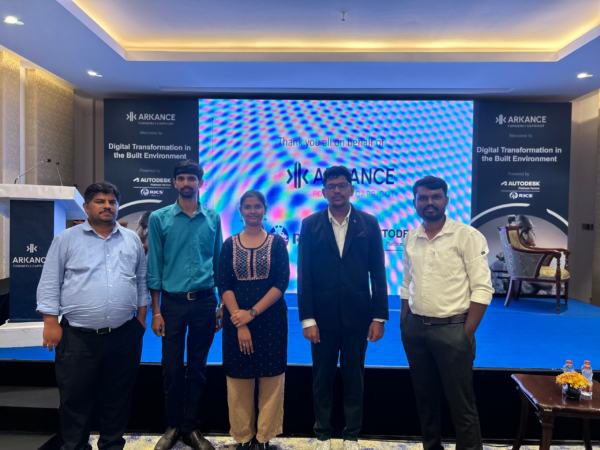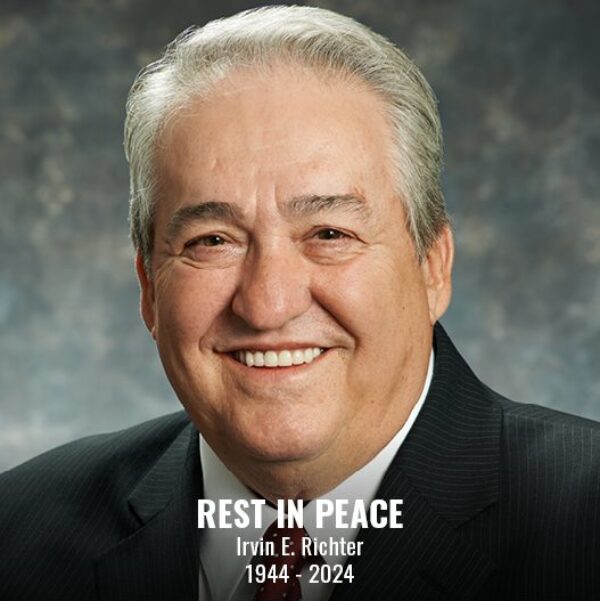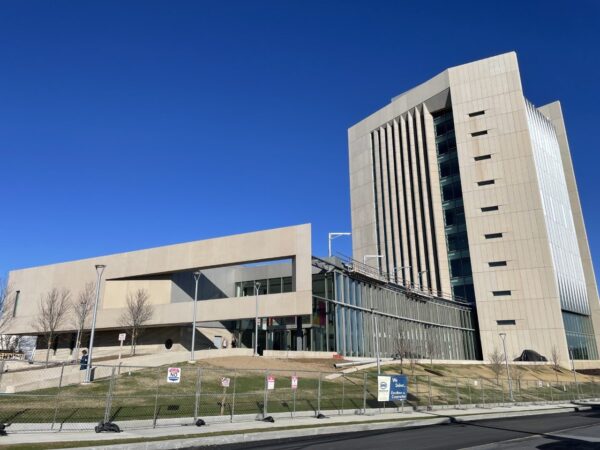
July 15, 2024 | Articles
Construction’s Digital Transformation & The Tools of Modern Project Management

The site work is nearly complete, and construction is soon to begin on an innovative project in Central Florida that will help ease congestion and improve safety on several roadways in the Central Florida area.
The Regional Traffic Management Center, to be located in bustling Seminole County, is one of four new projects that Hill will help manage on behalf of the Florida Department of Transportation (FDOT).
The one-story, 44,000-square-foot Regional Traffic Management Center will house staff of both the Florida DOT and the Florida Highway Patrol, and will help both oversee and monitor traffic on eight state and interstate highways, including Interstates 95, 4 and 75, and fourteen major roadways, including State Road 46 and U.S. 17-92, throughout nine central Florida counties, including the greater Orlando area.
The Center’s state-of-the-art technology will use cameras and other technologies to help monitor traffic, including speeds and the number of vehicles on the roadways, pinpoint traffic jams, accidents and other emergencies, and provide for immediate coordination with law enforcement and fire and emergency crews when needed. The Traffic Management Center also will monitor and improve signal timing, and help relieve congestion, especially along detours for roadwork along busy Interstate 4, which is undergoing a $2 billion widening and improvement. The center will enable real-time information on traffic to be shared with local, state and national traffic information services such as 5-1-1, with social media and the FDOT website, and with traffic information apps such as Waze.
In addition, the Center will oversee traffic on toll roads, which includes monitoring the dynamically-tolled express lanes on the I-4 Ultimate project. The Center will not be used for speed enforcement or other enforcement activities.
Hill International is helping to manage the construction of the Center, one of four contracts the FDOT recently awarded which the firm will be participating in.
“Number one, the Center will improve safety and emergency response [time] and, two, it will improve traffic flow and commuting,” said Hill Vice President Daniel P. Sokol, P.E., who is serving as Senior Project Engineer during the Center’s construction.
The Center will be built on a seven-acre, commercial-district site that is already owned by the FDOT, in the heart of the nine-county area and with easy access to Interstate 4 and other major roadways.
Site clearing has been completed, including the painstaking relocation of native gopher tortoises and their habitats, and pre-construction is underway, Sokol said. Once the pre-construction phase is completed, construction will begin and is expected to take about 18 months.
Technology is a big part of the project, Sokol said. In addition, the DOT will be seeking LEED –Silver certification for environmental sustainability.
“This project was unique from the FDOT’s perspective in that the department usually builds roads and bridges, and here they are building a building,” Sokol said. “It is our firm’s opinion that this was one of the factors that differentiated Hill when we proposed on the project. We have the building experience, and that set us apart from our competition.”
Hill’s services on the $13.5 million project will include construction engineering and inspection, project management, threshold inspection, welding inspection, Intelligent Transportation Systems inspection, on-site testing of some of the materials, and support for commissioning services.
Sokol, who lives about two hours away from the project in Jacksonville, Florida, has been managing construction projects for the past 25 years. He knows that working closely with the Center’s general contractor and other members of the project team will be key to its success.
The Center’s technology will help the FDOT keep pace with the ever-increasing number of drivers in the district, one of the state’s busiest. Similar centers are being built or planned on other high-traffic cities and states, as technology continues to evolve to help keep drivers safer, keep traffic moving, and keep agencies like the DOT and the Highway Patrol informed on what’s happening in real time.
“It’s a unique project, and we are looking forward to working with FDOT to get it built and up and running,” Sokol said.
by Tricia M. McCunney
Share

July 15, 2024 | Articles
Construction’s Digital Transformation & The Tools of Modern Project Management

July 10, 2024 | Articles
GC/CM at Post Falls: Managing Avista’s North Channel Dam Rehabilitation Project

June 23, 2024 | Articles
Irv Richter – An Innovator, A Pioneer, A Leader (1944 – 2024)

June 14, 2024 | Articles
Environment of Care Standards – Meeting the Challenge (Part Two)

June 13, 2024 | Articles
PMO for Public Transit Project Success: The Reopening of Philadelphia’s Franklin Square Station

June 7, 2024 | Articles

May 17, 2024 | Articles
Hill Interim Federal Market Sector Leader Jane Penny Receives Golden Eagle Award

April 11, 2024 | Articles
A Model Move: Managing Move-In at the Sylvia H. Rambo U.S. Courthouse
We and use cookies and other tracking technologies to improve your experience on our website. We may store and/or access information on a device and process personal data, such as your IP address and browsing data, for personalised advertising and content, advertising and content measurement, audience research and services development. Additionally, we may utilize precise geolocation data and identification through device scanning.
Please note that your consent will be valid across all our subdomains. You can change or withdraw your consent at any time by clicking the “Consent Preferences” button at the bottom of your screen. We respect your choices and are committed to providing you with a transparent and secure browsing experience.
| Cookie | Duration | Description |
|---|---|---|
| cookielawinfo-checbox-analytics | 11 months | This cookie is set by GDPR Cookie Consent plugin. The cookie is used to store the user consent for the cookies in the category "Analytics". |
| cookielawinfo-checbox-functional | 11 months | The cookie is set by GDPR cookie consent to record the user consent for the cookies in the category "Functional". |
| cookielawinfo-checbox-others | 11 months | This cookie is set by GDPR Cookie Consent plugin. The cookie is used to store the user consent for the cookies in the category "Other. |
| cookielawinfo-checkbox-necessary | 11 months | This cookie is set by GDPR Cookie Consent plugin. The cookies is used to store the user consent for the cookies in the category "Necessary". |
| cookielawinfo-checkbox-performance | 11 months | This cookie is set by GDPR Cookie Consent plugin. The cookie is used to store the user consent for the cookies in the category "Performance". |
| viewed_cookie_policy | 11 months | The cookie is set by the GDPR Cookie Consent plugin and is used to store whether or not user has consented to the use of cookies. It does not store any personal data. |


